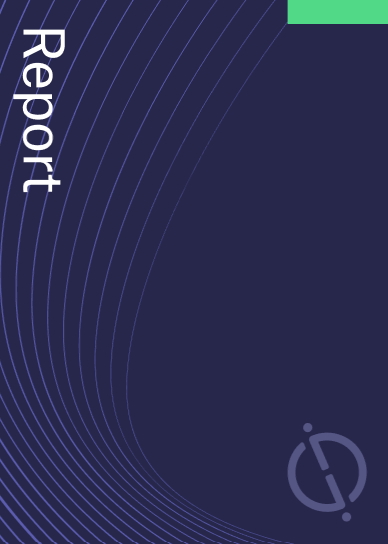NOV has been granted a patent for a decanter centrifuge that includes one or more nozzles for discharging slurry into a separation zone. The centrifuge also features a scroll conveyor and differentiated profiles for the leading and trailing edges of the nozzle apertures. The patent claim outlines the specific design and functionality of the decanter centrifuge. GlobalData’s report on NOV gives a 360-degree view of the company including its patenting strategy. Buy the report here.
According to GlobalData’s company profile on NOV, Fall risk prediction was a key innovation area identified from patents. NOV's grant share as of September 2023 was 60%. Grant share is based on the ratio of number of grants to total number of patents.
Patent granted for a decanter centrifuge with specialized nozzles
A recently granted patent (Publication Number: US11772104B2) describes a decanter centrifuge with improved nozzle design for separating two phases of a slurry. The decanter centrifuge includes a centrifuge bowl and a feed chamber within the bowl. The feed chamber has an axis of rotation and a direction of rotation. A scroll conveyor is coaxially aligned with the feed chamber and encircles it. The scroll conveyor is rotationally locked with the feed chamber and is located in the separation zone of the centrifuge bowl.
The patent claims that the decanter centrifuge includes one or more nozzles that provide fluid communication from the interior volume of the feed chamber to the separation zone. Each nozzle has a rectangular aperture with a convex rounded leading edge and a trailing edge. The direction of rotation of the feed chamber coincides with the direction from the trailing edge to the leading edge. The interior of the feed chamber is cylindrical except for the leading and trailing edges of the rectangular apertures of the nozzles.
The patent also describes the design of the nozzles in detail. Each nozzle has an inner leading edge surface and an inner trailing edge surface that extend from the leading edge and trailing edge, respectively, inside the feed chamber. The inner leading edge surface has a steeper incline than the inner trailing edge surface. The nozzle aperture is framed by an aperture pad, which may be made of tungsten carbide. The trailing edge of the nozzle can be either an acutely angled edge or a rounded edge with a smaller radius of curvature than the leading edge.
The patent further includes a method of separating two phases of a slurry using the described decanter centrifuge. The method involves charging the slurry into the feed chamber, discharging it into the separation zone via the nozzles, rotating the feed chamber to impart centrifugal acceleration on the slurry, and separating the slurry into two phases. The separated phases are then discharged from the decanter centrifuge.
Overall, this granted patent introduces an improved design for a decanter centrifuge with specific nozzle features that enhance the separation of two phases in a slurry. The design aims to optimize the efficiency and effectiveness of the centrifuge in various industrial applications.
To know more about GlobalData’s detailed insights on NOV, buy the report here.
Data Insights
From

The gold standard of business intelligence.
Blending expert knowledge with cutting-edge technology, GlobalData’s unrivalled proprietary data will enable you to decode what’s happening in your market. You can make better informed decisions and gain a future-proof advantage over your competitors.







